Carmela Suriano Business Development Director EMEA Nova Siri Genetics
After the recent inauguration of the new facilities in Policoro, Italy, we spoke to Nova Siri about the path it is taking and analysed the current situation in the berry sector.
What are the challenges Nova Siri is facing right now?
Innovation is fundamental to face the challenges of the present and the future, in a sector such as the strawberry sector, which has to deal with the current climatic changes and the new stricter regulations on the use of agrochemicals.
The climate in Mediterranean production areas has undergone profound changes in recent years, with very cold winters and long, rainless summers with increasingly frequent extreme phenomena. The season that has just taken place has shown how climatic changes can have a negative impact on strawberry cultivation. From the planting of the seedlings in the facilities to the production and marketing of the fruit. In fact, the high temperatures of the autumn months affected the rooting of the plants, with high mortality rates and the consequent delay in the entry into production, the harvest period, therefore, was concentrated in a few months.
In the case of strawberries, the sustainability of varietal innovation as a factor in the development of production and consumption, where is Nova Siri working towards?
Rusticity is one of the pillars on which our breeding programme is based, as plants tolerant to different soil types and pathogens represent a real competitive advantage for growers, both in terms of environmental and economic sustainability. In fact, growers can use fewer agrochemicals, in line with European directives. Moreover, plants with these characteristics also make it possible to cope with climatic anomalies and rationalise the use of water resources.
Another cornerstone of our breeding activity is also the search for early and productive crops, able to meet the demands of the strawberry market, which is no longer as seasonal as it used to be. In our offer, in fact, there are strawberry cultivars that are complementary to each other in terms of ripening time, allowing growers to preside over the market for up to 9 months a year.
Where is the evolution of the strawberry sector in the Mediterranean market heading?
lobally, it is a growing sector, with an increase in production volumes and consumption in the last decade. In addition, world trade is also growing, characterized by an increase in the prices of strawberries, both in import and export, a sign of an improvement in the supply of strawberries.
The Mediterranean region accounts for 18% of world strawberry production. In the last decade, the most important growth in terms of production has occurred in Egypt (+95%), Greece (+83%) and Turkey (+66%), which represent the main players in this area along with Spain (+14%), Morocco (+20%) and Italy (-15%).
Huelva is one of the most important producing areas in Europe, but some voices point to the need for varietal renewal, do you agree?
The Andalusian strawberry region is going through a period of transition. The competitive advantage that Huelva has enjoyed over the last decade is increasingly being limited by the growth in the European market of other North African producing countries.
Although varietal renewal is already underway, two factors are penalising Spanish strawberry cultivation: the reduction in labour from countries such as Morocco and the competition on the market from the strawberry supply of new players from the Mediterranean basin.
Source: Mercados



